Shopping in Morocco: The Ultimate Guide

Morocco holds many treasures that entice travelers from around the world. You can explore the North African landscapes, sample delicious food, and meet the warm, friendly people who call it home. The shopping in Morocco holds just as much excitement for visitors who seek beautiful and unique goods.
Unfortunately, not everything you see in Morocco is genuinely handcrafted and unique, and some places take advantage of travelers by overpricing their mass-produced goods. It makes sense to do some research before you go so that you know exactly where to find high quality, genuine Moroccan clothes, home decor, and more.
While we can’t guarantee that everything you find in Morocco is going to be the best quality, we can show you what to look for so you can be aware of what to avoid. Take your time to look at the items you’re shopping for, touch them, and inspect them to ensure the quality. Then take our tips below, and you will walk away with beautiful pieces that remind you of your trip to Morocco.
What to buy in Morocco
There are many different techniques used when creating the items sold in Morocco. Knowing a little bit about these techniques can help you find the highest quality of goods while you are shopping.
Boucherouite Moroccan rugs

Boucharouette is also known as Boucherouite, and this technique creates beautiful and colorful rugs. While many rugs in other parts of the world are made from one specific material, those who practice Boucherouite in Morocco use scraps of materials to create their masterpieces. Thousands of pieces of different scrap materials, including wool, cotton, and nylon, are all woven together to create a decorative rug that instantly becomes a work of art.
In recent years, the Boucherouite technique has also been used to create many other types of items. You do not need to purchase a large rug when you are in Morocco to have a piece of this fantastic handiwork inside your home. Instead, you can opt for something smaller, such as a colorful Boucherouite ottoman, a Boucherouite bag or other Boucherouite accessories.
Tips for buying Boucherouite items
When you examine Boucherouite items, you will want to make sure that the materials are woven together tightly. Items that have spaces in between the material will fall apart quickly and will be of no use to you.
Other Moroccan rugs and carpets
The art of carpet making is part of what makes shopping in Morocco so special! The carpets that you will find filling the vendor stalls are indeed works of art. They are carefully crafted using traditional weaving techniques that the locals have been using for generations.
You will find different types of Moroccan rugs in the local markets. Each one has a distinctive style, with different colors and symbols, depending on its tribe of origin.
The best carpets in Morocco are those that have been carefully handwoven. They will not pull apart at all, unlike the ones that are woven by machine. It is always a good idea to find out the knot density, the dye used, and the type of fiber used while making a rug because the answers will let you know if it is worthy of a purchase.
Tips for buying Moroccan rugs and carpets

A high-quality carpet made by artisans such as We Berber will have a larger number of knots per square meter. Also, every carpet you consider purchasing should be made from either one hundred percent wool or one hundred percent nylon, as those are the best materials.
You should avoid carpets that are made from olefin, as they are highly flammable, can turn gray over time, and collect a lot of dirt. You should avoid chemical dyes, as the colors can fade quickly. You may not get as bright of color with a natural dye option, but at least you will keep the same color for many years in the future.
Moroccan wicker

Moroccan wicker items are made using the old tradition of weaving. While there are many different types of materials used for weaving around the world, the locals in Morocco prefer to use the leaves from little palm trees called Mediterranean dwarf palm. They are usually located in the southern section of the High Atlas Mountains.
The leaves are cut into strips and then wet before being woven. Of course, if a different color is needed for a wicker item, the leaves of the palm trees would be dyed before the weaving process. Synthetic dyes are now available, but those faithful to their culture and traditions will use natural sources like vegetables and minerals to obtain the colors that they desire.
Wicker items are versatile and can be used in many different ways. They are also quite inexpensive and lightweight, making them an excellent choice for souvenir shopping.
Tips for buying Moroccan wicker items
When you are shopping for wicker items in Morocco, look to see if the materials are woven tightly with no spaces in between. The items should also be moderately stiff, yet not too stiff so that it will break with use. You should also make sure that the dye does not rub off on your hands and that any stitching is evenly spaced.
Handcrafted leather in Morocco
Leather is one of the most popular items in Morocco, which is no surprise since they have several leather tanneries there. Fez is the best place in Morocco to see the leather process, but you can find fantastic leather products almost anywhere. Of course, you will want to make sure that you are looking at quality pieces instead of one of the knock-offs that sometimes makes its way into the stalls.
The tanneries in Fez have been operating since the 12th century, so they know a thing or two about producing quality leather. Once the leather is manufactured, it is turned into beautiful bags, belts, boots, hats, jackets, and more.

When you are looking at a Moroccan leather product, there should be a slight leather odor, but none of the coloring should come off on your hands when you are touching it. The stitching should be even, and the leather should only be as flexible as it needs to be for each item. For example, the leather used for a bag will be suppler and more flexible than the leather used for a belt or boots.
Moroccan Pottery
You would be missing out on a beautiful experience if you did not take the time to check Moroccan pottery. There are so many treasures to be found! While Fez, Safi, and Meknes are the major pottery destinations within the country, you will also be able to see spectacular pieces in other areas.

Every vase, pot, and tajine are created from wet clay on a swirling wheel before having a design etched onto the side. Those pieces are then allowed to dry in the hot sun before being placed into a kiln and eventually having a colorful glaze applied.
Please keep in mind that most of the pottery that is sold by vendors in Morocco is full of lead, cadmium, and other toxic materials. You will not be able to use those pieces for cooking or serving food. If you intend to use the pottery pieces that you purchase for food, buy them through a vendor that specializes in household wares, and check to ensure that the pieces are labeled as safe to use with food.
Moroccan Skincare Products
Morocco has many natural resources, but it’s most famous and widely used is Argan oil. This oil is found within the nuts that grow on the Argan trees in the semi-desert areas of the country. The oil is produced due to the tree’s ability to resist water loss due to the wind. Once extracted from the nut, the oil is used in numerous natural beauty products for healthier-looking skin and hair.

Argan oil contains high amounts of antioxidants, vitamin E, and fatty acids, which instantly improve your skin and hair. Not only does the oil improve their health, but it also acts as an ultraviolet ray protector all at the same time. It is truly a natural wonder!
Tips for purchasing Argan oil in Morocco
When you are considering purchasing Moroccan natural products, you will want to pay close attention to the ingredient list and the odor. Argan oil has no odor, so if you are looking at a natural product that has a distinct smell, you may want to reconsider your purchase.
Argan oil should also be listed as one of the first ingredients so that you know that there is quite a bit included in the product.
Look for oil in dark, glass bottles. When applied to the skin, the oil should be smooth and silky, not overly sticky or watery.
Where to Find the Best Shopping in Morocco
Certain regions of Morocco are better known for certain products over others. While you can find those same products elsewhere, you usually are better off purchasing them from where they are manufactured.
Marrakech is the one city that has a little bit of everything, so this is where you will find pottery, specialty foods, traditional ingredients, aromatic spices, carpets, leather products, and more.
Carpet shops are everywhere throughout the country, but a few of the better places to make a purchase include Fez, Rabat, Chefchaouen, Tinerhir, Rissani, and Tetouan.
Fez is the best place for leather - you can watch it being made and purchase it there. The prices may be a little higher in Fez, but you are guaranteed to receive high-quality pieces that will last you a lifetime.
Jewelry souks are quite popular in Morocco, especially in the cities of Fez, Ouarzazate, Marrakech, and Essaouira. However, if you are looking for gold, your best bet is to focus on the souks in Fez. That area is also the best for watching local artisans mold and design Moroccan jewelry items that are made out of metal.
Shopping in Morocco is easier when you know what to look for and where to find it.
Knowing a little bit about the techniques used to create the most popular Moroccan goods will help you find high-quality items with ease. The most important piece of advice that we can give you is never to be afraid to walk away from a vendor.
Shop from Morocco with your newfound knowledge
Take your newfound knowledge and discover the incredible, unique crafts and goods that make shopping in Morocco, an exciting and magical experience.
If you’ve visited Morocco and were sad that you couldn’t bring back all the lovely items you saw there, we might be able to help. Please send an email to hello@mytindy.com, or use the chat feature on our website (be sure to include your email address). We would love to help you find that unique piece of Morocco that captured your heart.
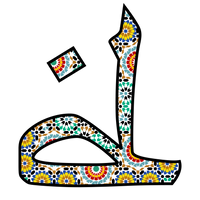
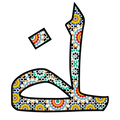
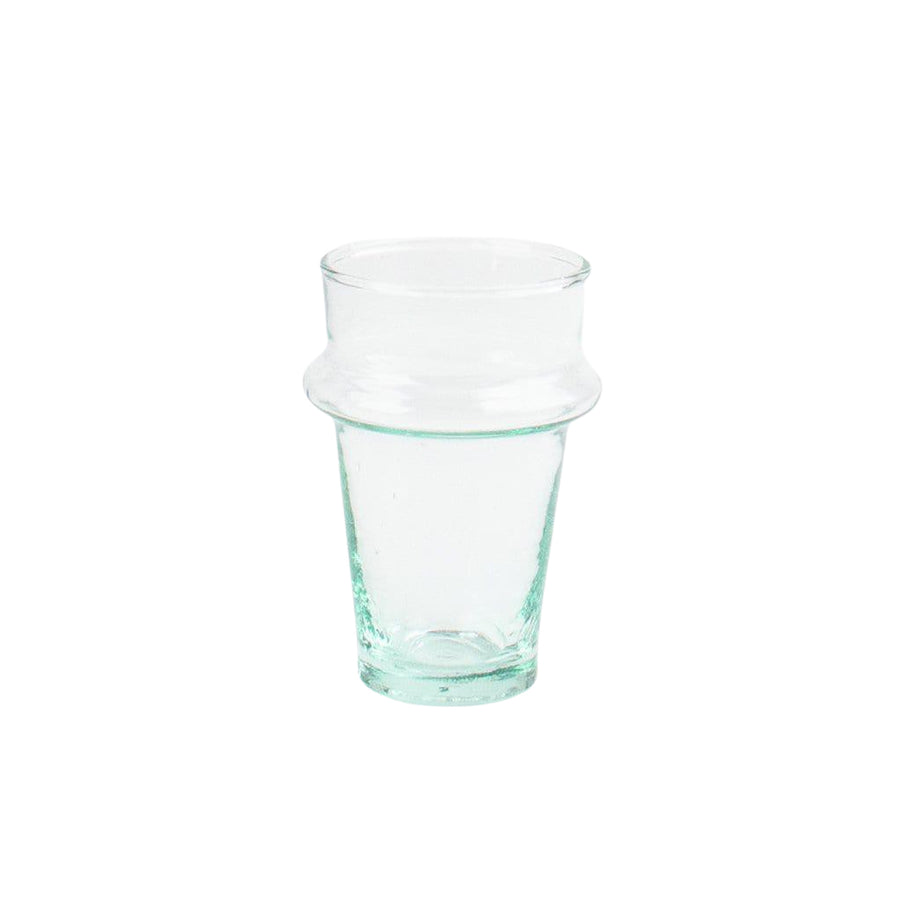
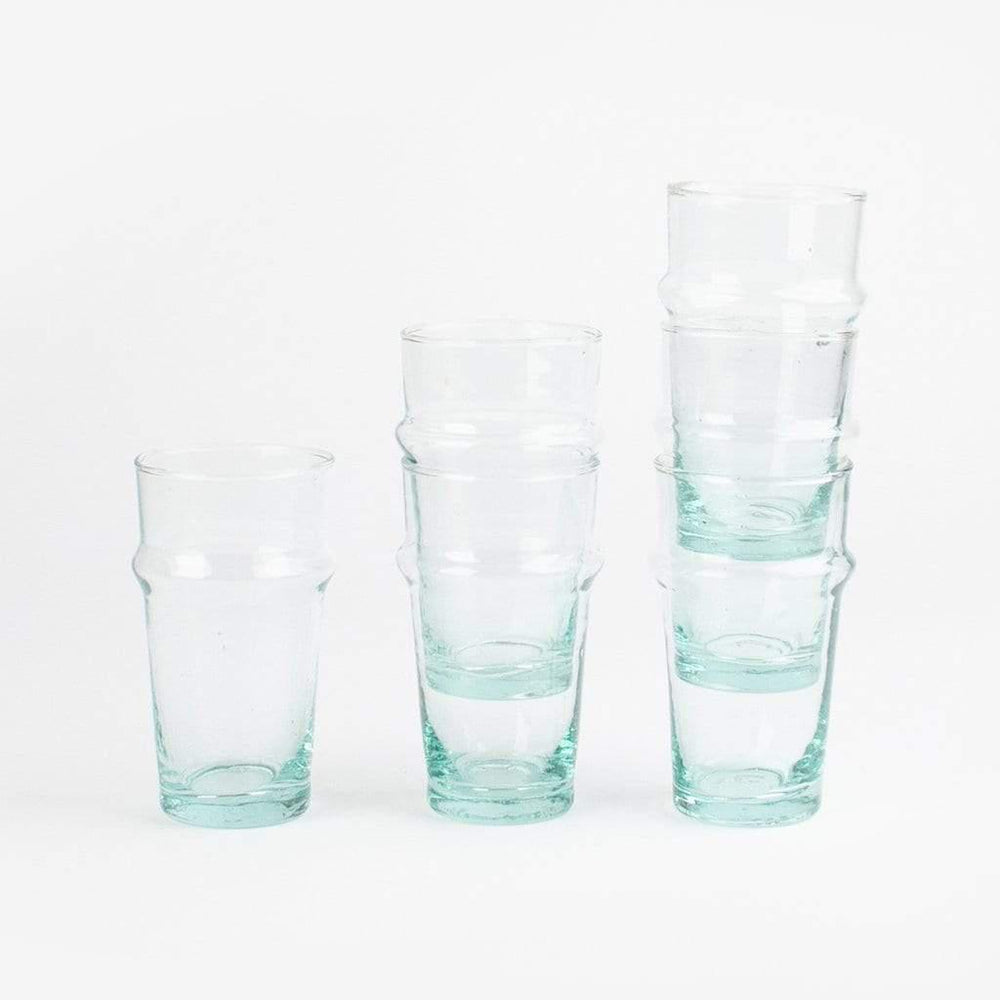


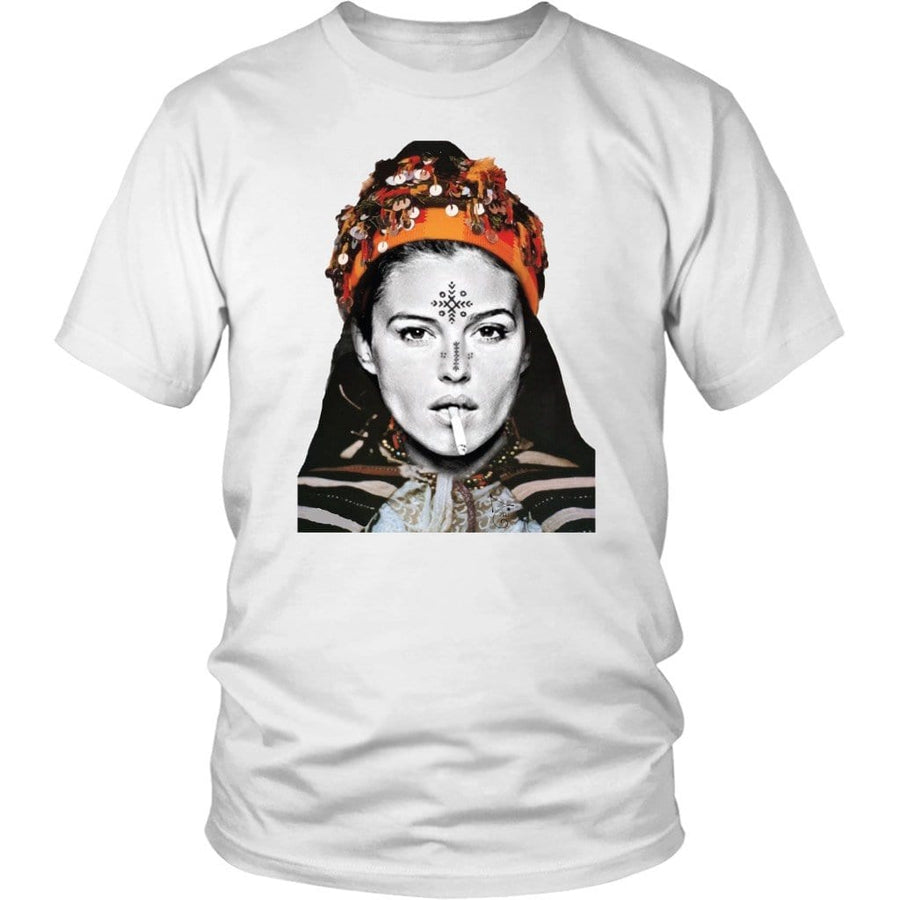
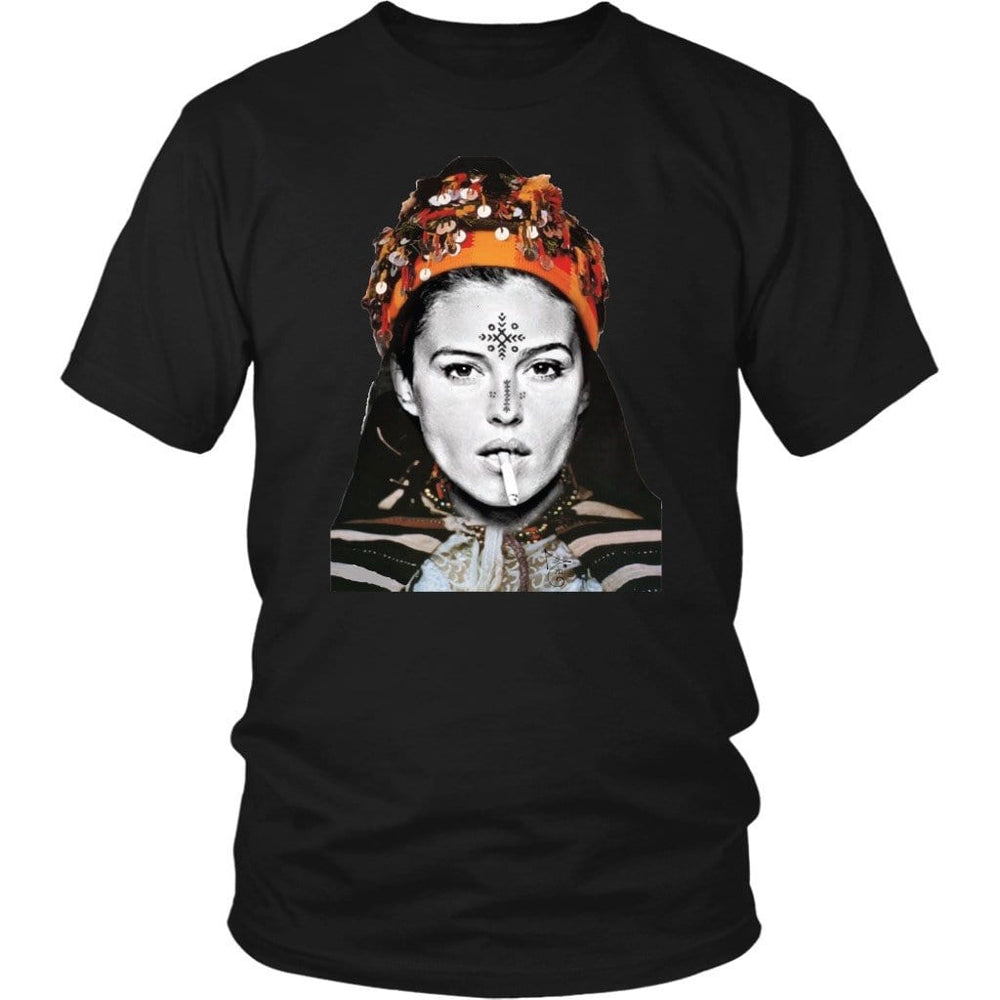
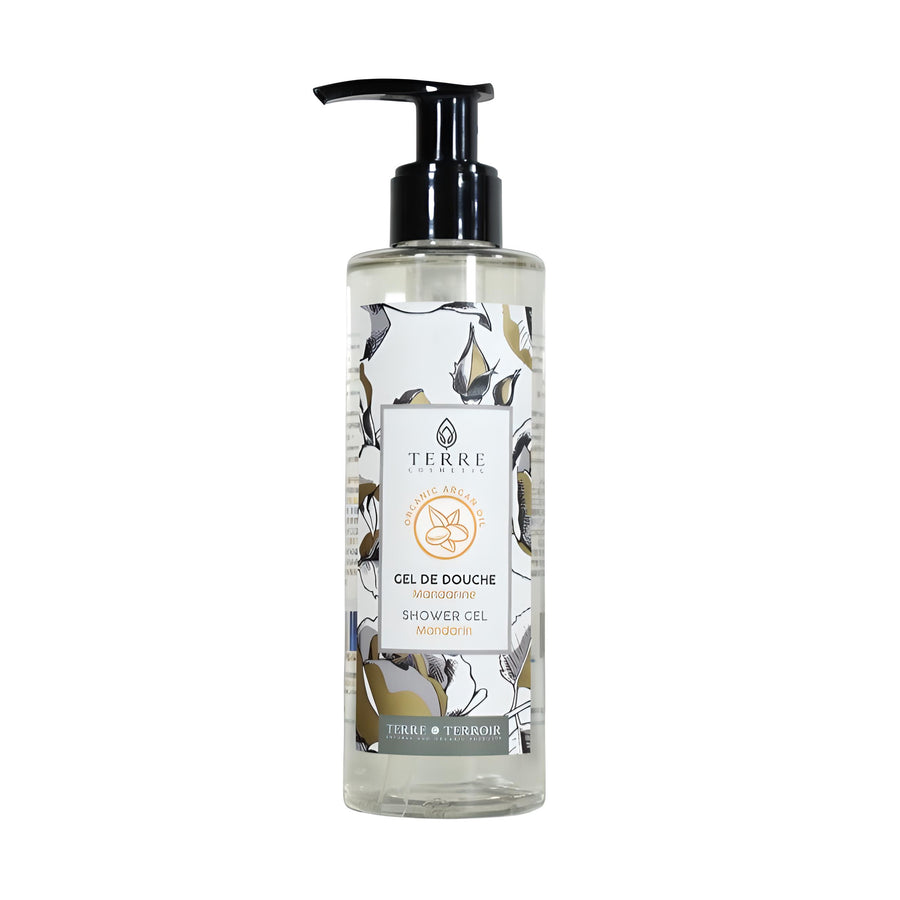
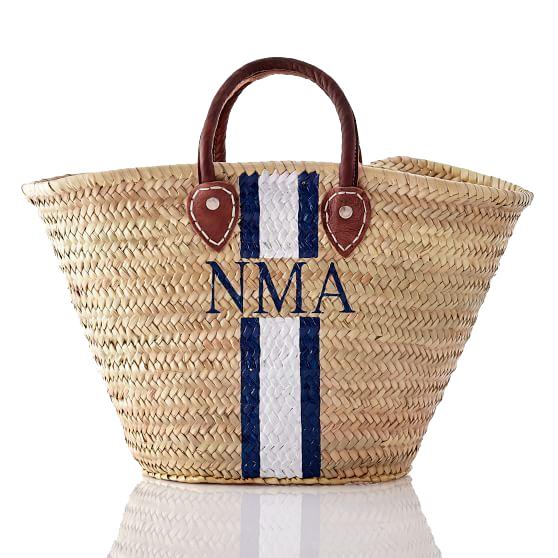
Leave a comment